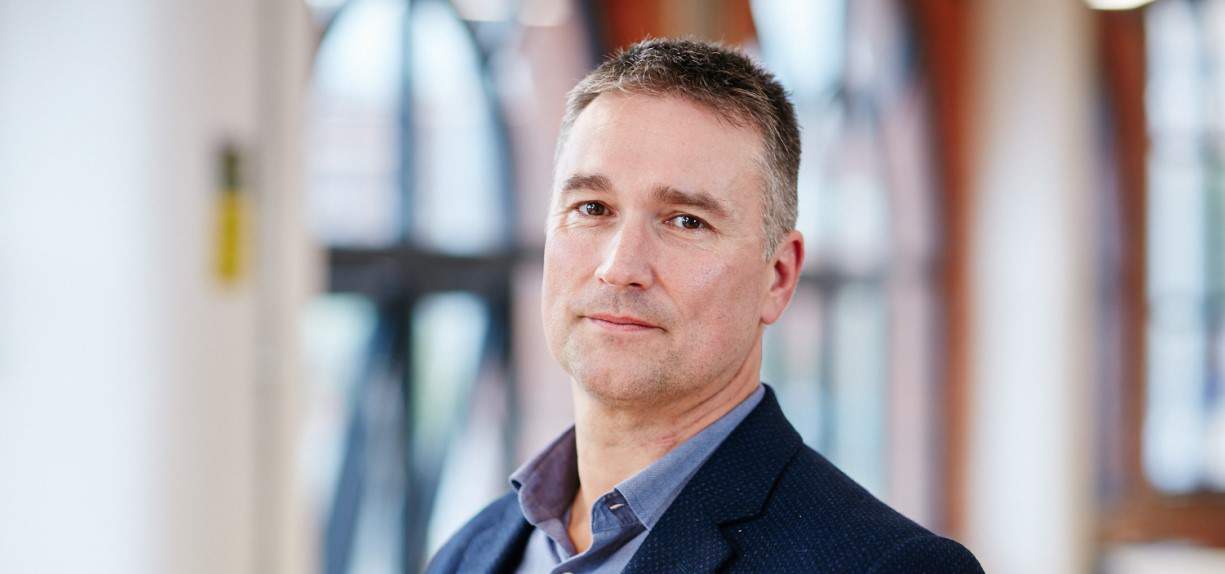Strategy consultants sometimes advise adopting ‘Spotify-like’ working practices – Small teams, team of teams. The thing about structures like Spotify is they are built on top of modern processes, structures, tools and thinking. Without all of these aspects the organisation of people becomes rather steampunk.
By David Collins, CEO, First Derivative
I am always curious when I hear strategy consultants advising clients to adopt Spotify-like working practices. Now, I am a big fan of these types of modern work organisational models like Spotify: Small teams, team of teams – they are far more effective operationally and a real representation of the way work actually gets done rather than the traditional org model of reporting lines.
I am sure that these organisational model recommendations are just one of multiple changes advised upon when transforming the structure of a firm with legacy practices. The thing about structures like Spotify is they are built on top of modern processes, structures, tools and thinking. Without all of these aspects the organisation of people becomes rather steampunk.
All of the tribes, squads and chapters will give you performance in problem solving and solutions but if it sits on top of a steam-powered manual testing function the team performance differential will be completely lost. Spotify-like teams generate their effectiveness and productivity gains when supported by automated test and release.
Beginning a new project? Pull the squads together then start with detailed analysis, BRDs and a program office – hand the shovels around, it’s time to stoke the boiler. The point is, organisational modernisation has to move hand in hand with changing the legacy approach; there is no point in deploying in what should be highly effective structures but continuing to approach work the old way.
Beginning a new project? Pull the squads together then start with detailed analysis, BRDs and a program office – hand the shovels around, it’s time to stoke the boiler.
The transformation begins with a shift to an agile mindset: Getting everyone to think and approach things differently. If people think agile is a methodology, they will be reaching for the coal-scuttle in no time. Agile is a way of thinking and working, to be effective it will require people to drop certain anti-patterns.
The next step is to build the processes and tooling to support the higher rates of change and faster time to market. This can be difficult as it requires another leap of faith or the dropping of another anti-pattern. System releases have traditionally been painful experiences so firms have created control structures around them to try to minimise disruption: change control, weekend releases, multiple sign off points etc. But the new paradigm challenges all of that, it is a big step for firms to let go of the safety net and trust that the whole process can be automated.
When you are working off a handful of large painful releases a year it is hard to imagine how doing more releases makes it better but the evidence is clear: system stability and performance rises in direct relationship to the number of releases. I would go further, just as in motor racing where downforce squares with speed, I think system stability squares with release frequency.
The transition from steam to electric takes time and will change every aspect of an organisation from the way senior leaders think and approach problems to the execution of small tasks. It’s important not to stop partway through the change.
READ MORE
The Pressure Cooker: When too little is just as bad as too much
Tree huggers disguised in suits: Bankers are the new unlikely climate activists



